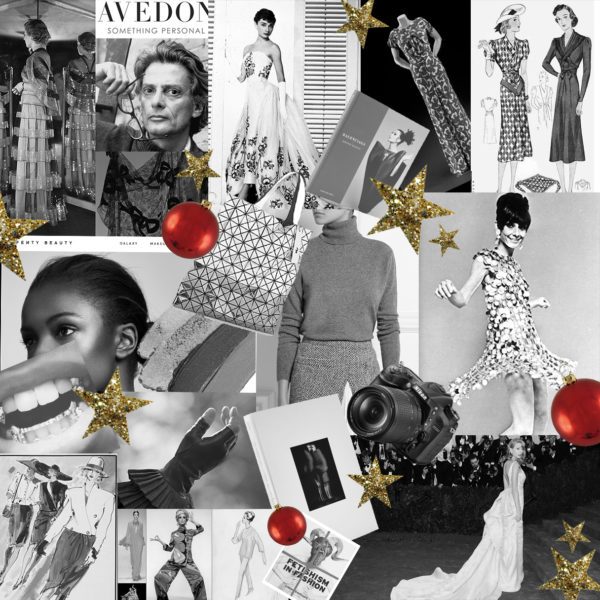After our last essays were due, Destinee and I embarked on a lovely day trip to Bath, where we wandered among the limestone Georgian facades and marveled at the ancient Roman baths. But first, we took our pilgrimage to the Fashion Museum to see their new Royal Women exhibition.
The exhibition, which spans four generations of Britain’s royal women, begins with a large family tree introducing the women along with their royal, familial connection, setting the stage for the exhibition’s biographical and monarchial narrative. Although none of the women featured in the exhibition was monarch, each woman played a key role in the British monarchy. Royal Women explores how their royal roles influenced their choice in dress.
Starting with Alexandra, Princess of Wales, the exhibition placed the women’s biographies side by side with their ensembles, emphasizing the strong correlation between biography and dress. Alexandra’s 1863 wedding dress, on loan from the Royal Collection, lent by Her Majesty The Queen, is an excellent example of a ceremonial object which marks a key moment in both the life of Alexandra and Great Britain.

Also on display is an ensemble of gold and pale green velvet, worn by Queen Mary wore to the wedding of her granddaughter, Princess Elizabeth as well as Queen Elizabeth the Queen Mother’s grey silk satin ball gown from 1954. Both dresses embody shifting roles for these royal women. No longer Queen consort, but mother and grandmother to the new monarch, these two formal ensembles are both elegant and subdued, reflecting the mature and regal image Queen Mary and the Queen Mother needed to maintain.

It could be because of my recent binge-watch of Netflix’s The Crown, but my favorite part of the Royal Women exhibition was the selection of dresses worn by the Queen’s sister, Princess Margaret. Pieces such as two 1950s Norman Hartnell evening dresses show the glamorous side of 20th century royalty and highlight and Margaret’s patronage of prominent London and Parisian couturiers. The sensuous display of skin and nipped-waists of these two dresses point to the sophisticated and alluring attitude Margaret was able to carve out for herself.
Initially, I was bothered by the small number of items in the exhibition and how the dresses shown were mostly formal or evening wear, when I was hoping to see a much more personal side of these royal women. But, upon reflection, I realized that the exhibition appropriately presents the calculated narrative of Britain’s royal women. The exhibition, much like the monarchy itself, only displays a limited view of the lives of the royals and in Royal Women, much like in real life, the public only sees the glitz and glamour, the ceremonial, and the put-together looks of the monarchy. Thus, the dresses in Royal Women tell us much about Alexandra, Mary, Elizabeth, and Margaret, and how they chose to present themselves as royal women.
By Abby Fogle
Royal Women is on at the Fashion Museum in Bath until 28 April 2019.
All photos author’s own
















